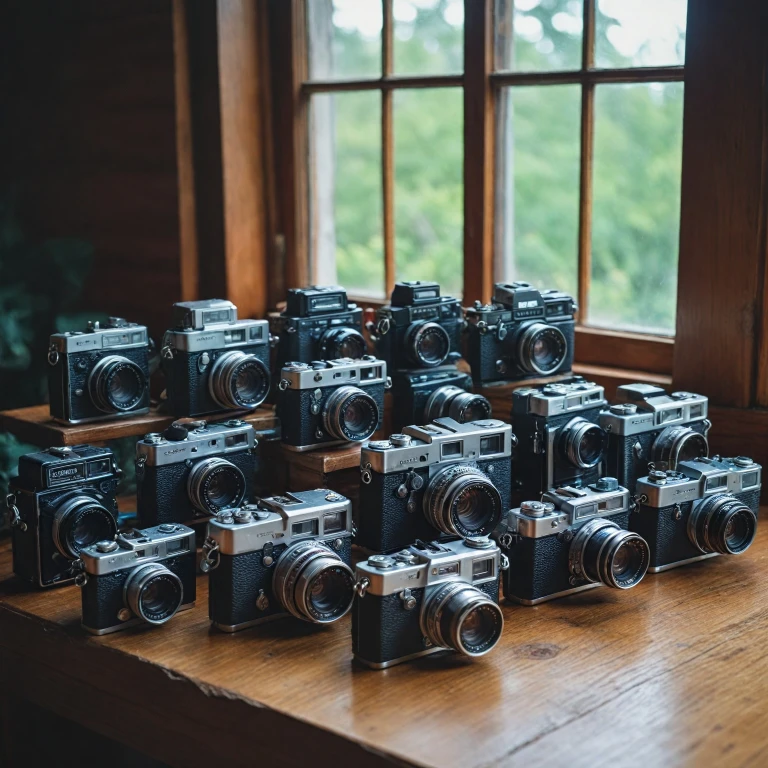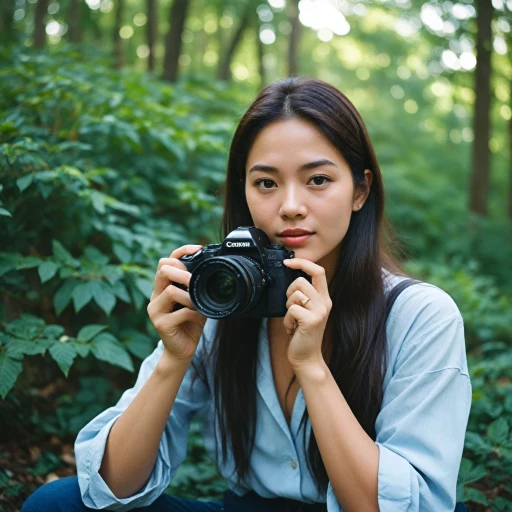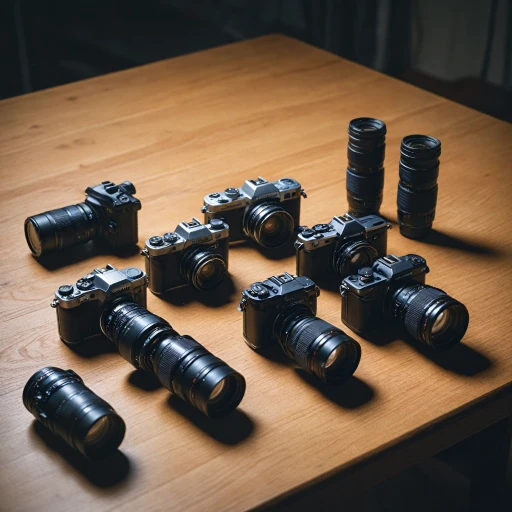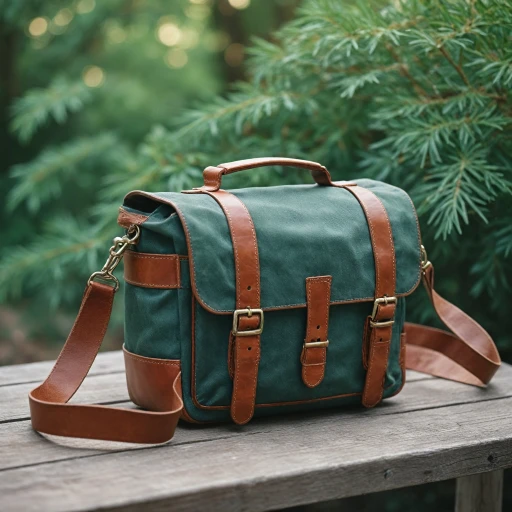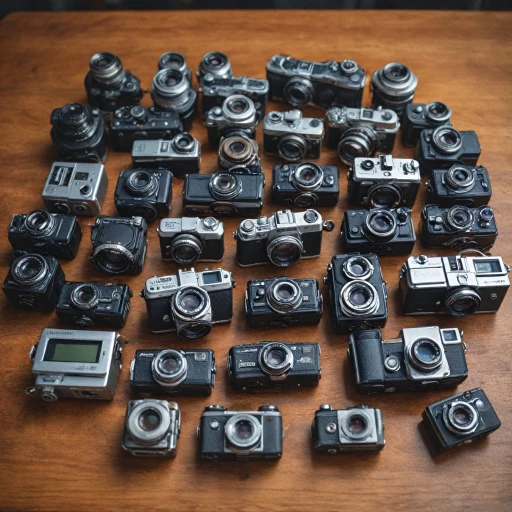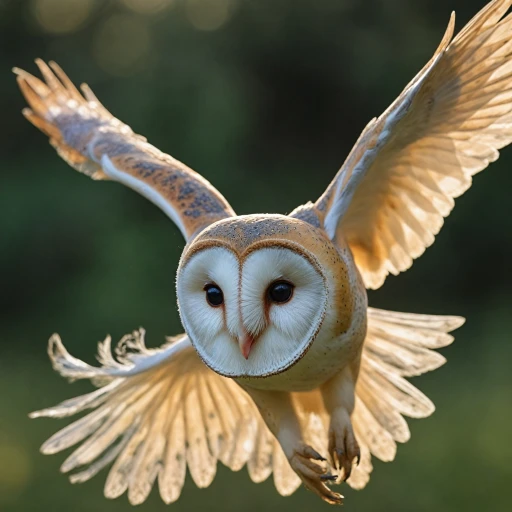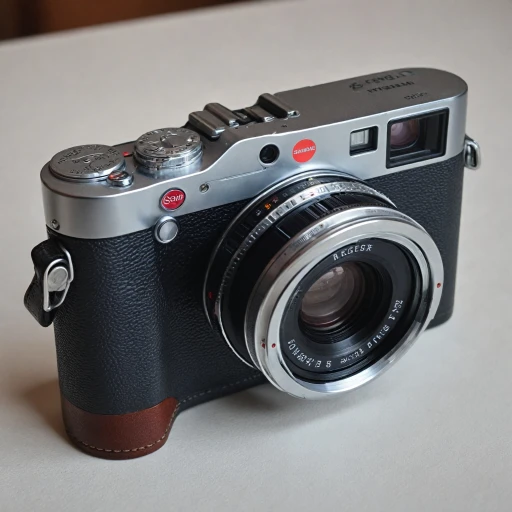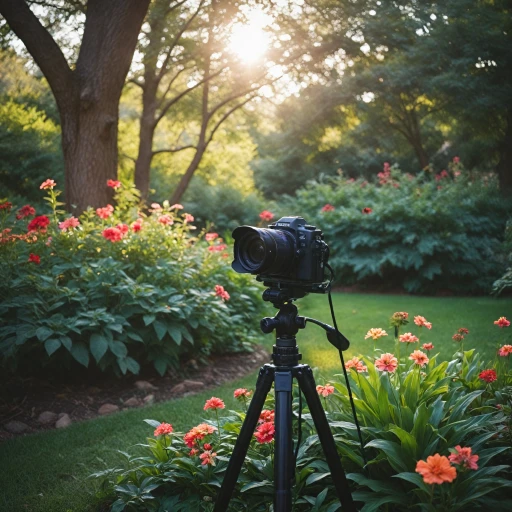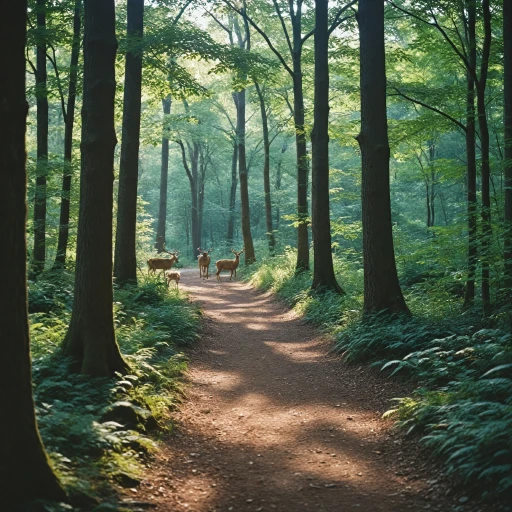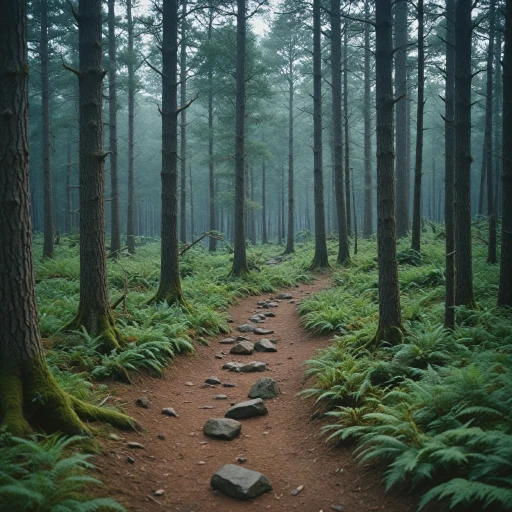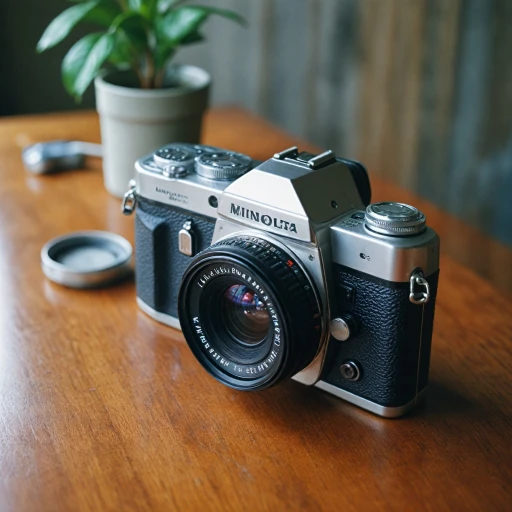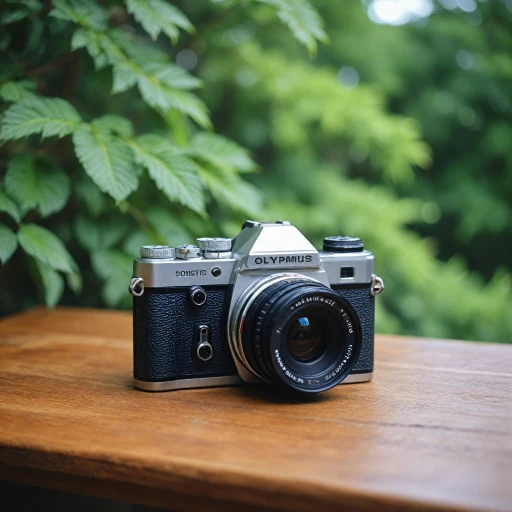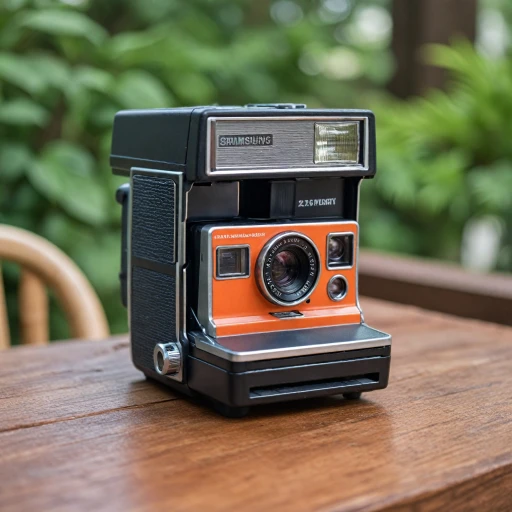
Understanding the Basics of 35mm Film Cameras
Diving into the Essentials of 35mm Film Shooting
Shooting with 35mm film cameras offers a unique photographic experience that digital formats often can't replicate. Understanding the basics of these cameras is essential for anyone looking to start their journey in film photography. The charm of a 35mm film camera lies not only in its ability to produce rich, high-quality images but also in the tactile experience of using it.
Film cameras are categorized into two main types: SLR (Single-Lens Reflex) and point-and-shoot. SLR cameras, such as the renowned Nikon and Canon models, allow you to swap lenses, offering greater flexibility in your photography. These cameras often feature manual focus options and adjustable shutter speeds, giving photographers an element of creative control.
On the other hand, point-and-shoot cameras, like the Olympus Stylus, are equipped with a fixed lens and are mostly automatic, making them suitable for everyday snapshots without the need for manual adjustments. They are especially popular among newbies trying to capture beautiful moments without getting embroiled in complexities.
Film cameras come with various lens options, from wide-angle to telephoto, allowing photographers to tailor their equipment to specific scenarios. Popular brands like Pentax, Canon, and Leica have a reputation for producing some of the best film lenses around. Whether you’re capturing portraits, landscapes, or action shots, the quality of the lens will significantly impact the final image.
Manual cameras might require more time and patience, but there's a rewarding learning curve involved. Mastering manual focus and experimenting with different film types can greatly enhance one's skills in capturing artistic imagery.
For those looking to invest in a dependable 35mm camera, understanding these foundational aspects will help make an informed decision that aligns with personal photography goals.
For additional insights into the different camera models and their features, read the comprehensive guide on digital SLR cameras.
Key Features to Look for in a Good 35mm Film Camera
Essential Features for Your Film Camera
When diving into the world of 35mm film cameras, understanding the key features that make a camera stand out is crucial. Whether you're a seasoned photographer or just starting your journey, knowing what to look for will help you make an informed decision.
Manual Focus and Shutter Speed Control
One of the most important aspects of a good film camera is its ability to offer manual focus and shutter speed control. These features allow you to have more creative control over your shots, enabling you to capture images exactly as you envision them. Cameras like the Nikon and Pentax models are renowned for their precise manual focus capabilities.
Lens Compatibility and Versatility
Another critical feature is the camera's compatibility with various lenses. A camera that supports interchangeable lenses, such as those from Canon or Leica, can significantly enhance your photography experience. This flexibility allows you to experiment with different focal lengths and styles, from wide-angle to telephoto, ensuring you have the right lens for every situation.
Build Quality and Durability
Durability is a factor that cannot be overlooked. A well-built camera will withstand the test of time, allowing you to shoot film for years to come. Brands like Olympus and Canon are known for their robust construction, making them a reliable choice for any photographer.
SLR vs. Point and Shoot
Deciding between a single-lens reflex (SLR) camera and a point-and-shoot model is another consideration. SLR cameras offer more control and versatility, while point-and-shoot cameras are compact and easy to use. Your choice will depend on your photography style and preferences.
Exploring Vintage Options
For those interested in the timeless charm of vintage cameras, exploring models from decades ago can be a rewarding experience. These cameras often come with unique features and a distinct aesthetic that modern cameras can't replicate. For more insights into vintage cameras, check out this comprehensive guide.
By focusing on these key features, you'll be better equipped to find the best film camera that suits your needs, ensuring a fulfilling and creative journey in film photography.
Comparing Popular 35mm Film Camera Models
Popular Choices for Film Photography Enthusiasts
When considering a 35mm film camera, there are several models that have stood the test of time and are favored among enthusiasts. Whether you're just starting out or you're an experienced photographer looking to explore the charm of film photography, understanding the features and benefits of these popular models is essential.
Nikon FM2: A Durable Classic
The Nikon FM2 is highly regarded for its durability and precise manual focus capabilities. This camera features a wide range of shutter speeds, making it versatile for various shooting conditions. Its sturdy build and mechanical operation mean you don't need a battery for its basic functions, a plus for those who appreciate the simplicity and reliability of mechanical cameras.
Canon AE-1: A Timeless Favorite
The Canon AE-1 is renowned for its ease of use and innovative Canon Program mode, which takes the guesswork out of manual shooting. This makes it a great choice for both newcomers and seasoned photographers looking to fine-tune their skills. The availability of compatible Canon lenses adds to its versatility, allowing for a wide range of creative possibilities.
Pentax K1000: An Educational Tool
The Pentax K1000 is often recommended for those new to shooting film. It is known for its simple, no-frills design and manual settings, making it an excellent educational tool. With its solid construction and the availability of affordable Pentax lenses, it’s a perfect entry point into the world of film cameras.
Leica M6: Premium Quality
If you're seeking the best camera with premium quality, the Leica M6 should be on your radar. It's a rangefinder camera known for its exceptional build quality and sharp lenses. Though it comes at a higher price point, it is revered for its exquisite craftsmanship and the unique experience it offers film photography enthusiasts.
Olympus Stylus Epic: Point and Shoot Simplicity
For those looking for a compact, easy-to-use option, the Olympus Stylus Epic is ideal. Its point and shoot design coupled with a sharp fixed lens makes it a convenient choice for casual photographers who want to capture moments without the need to focus manually.
These cameras have all earned their places in the history of photography as trusted companions to photographers around the world. By understanding the key features of each, you can select a camera that aligns with your photography goals and enhances your capability in capturing beautiful images. For those who are curious to explore further, consider the unique format and options available to enhance your shooting experience.
Tips for Buying a 35mm Film Camera
Smart Strategies for Purchasing Your Ideal 35mm Film Camera
When diving into the world of film cameras, especially the 35mm format, ensuring you purchase the right camera is paramount. Here are some useful tips to guide you in making an informed decision.- Research Different Brands and Models: Begin by familiarizing yourself with popular brands like Nikon, Pentax, and Canon. Each brand has its own strengths. For instance, Nikon film cameras are renowned for their robustness, while Canon cameras are celebrated for their reliable autofocus systems. Understanding the key features of models such as the Canon EOS or the Pentax K series ensures you know what aligns with your photography aspirations.
- Evaluate the Camera's Condition: A good camera, even when pre-owned, can be an excellent choice if well-maintained. Inspect the lens for scratches and the camera body for any significant damage. Check the camera's shutter speed functionality and ensure all parts move smoothly. A well-cared-for camera will provide better mileage.
- Consider the Type of Photography: Your interest in film photography might vary from shooting portraits to landscapes. A seasoned photographer opting for medium format might do well with a point shoot or an SLR camera. For those who aim for flexibility in manual focus, a camera with interchangeable lenses is ideal.
- Think About Lenses: Deciding between fixed lens cameras and those with interchangeable lenses can impact your photography style. If versatility is key, look into options that allow for a range of lenses which will enable you to explore different focal lengths and depths of field.
- Set a Budget: Consider how much you're willing to invest. Some cameras, like a vintage Leica or Olympus Stylus, may come with a higher price tag, but often reflect quality and longevity. However, there are countless options on the market at various price points that won’t compromise on quality.
- Seek Recommendations and Reviews: Browsing online forums and photography websites can offer valuable insights. Past enthusiasts' experiences can provide clarity on what models stood the test of time or which have common issues. This step can significantly reduce the overwhelm from months ago when you initially started looking.
Maintaining Your 35mm Film Camera
Regular Cleaning and Care
Maintaining your 35mm film camera is crucial to ensure it delivers the best performance over time. Regular cleaning is essential, especially if you frequently shoot film in various environments. Dust and debris can easily find their way into the camera body and lens. Use a soft brush or a blower to remove particles from the camera's exterior and lens. For the lens, a microfiber cloth is ideal to avoid scratches. Remember, a clean camera is a happy camera!
Proper Storage
When not in use, store your film camera in a cool, dry place. Humidity can damage the camera's internal components and lead to mold growth on the lens. Consider investing in a camera bag or case for added protection. If you own multiple lenses, keep them in a separate compartment to prevent scratches and damage.
Battery and Film Care
For cameras that require batteries, such as some Nikon and Canon models, ensure the batteries are removed if the camera will not be used for an extended period. This prevents battery leakage, which can damage the camera. Additionally, always store film in a cool place to maintain its quality. Expired film can produce interesting effects, but for consistent results, fresh film is best.
Regular Inspections
Conduct regular inspections of your camera's mechanical parts. Check the shutter speed and manual focus mechanisms to ensure they are functioning correctly. If you notice any issues, it might be time to consult a professional for repairs. Brands like Pentax and Leica are known for their durability, but even the best cameras need a check-up now and then.
Using the Right Accessories
Invest in quality accessories to complement your camera. A good tripod can stabilize your shots, especially in low-light conditions. Filters can enhance your photography by adding effects or protecting the lens. When choosing accessories, ensure they are compatible with your camera's format and lens type.
By following these maintenance tips, your 35mm film camera will remain in top condition, allowing you to continue exploring the art of film photography with confidence.
Exploring the Art of Film Photography
Embracing a Unique Process
Shooting film in the digital age is not just about capturing a subject, it's about truly experiencing photography. The manual focus and manual settings of these cameras require a more involved process, allowing photographers to connect more deeply with their cameras and subjects. This contrasts with the automated nature of modern digital cameras.
Visual Storytelling
Film photography is a powerful medium for storytelling, offering unique textures and depth that digital cameras often struggle to replicate. Photographers using film cameras such as a Nikon, Pentax or Canon can leverage this potential, creating visually compelling narratives with each click of the shutter. The ability to choose specific film types and formats, including medium format and 35mm, adds to the customization and uniqueness of the captured images.
The Allure of Imperfection
Unlike digital cameras, which often strive for pristine imagery, film photography embraces imperfections. Grainy textures, unexpected light leaks, and even minor focus glitches can contribute to the aesthetic appeal of a photograph. This is where the art of shooting film truly shines, turning potential flaws into expressive elements.
Nurturing Patience and Discipline
With film cameras, particularly SLR models like the Nikon or Canon EOS, photographers become more mindful of their craft. Each roll of film offers a limited number of exposures, compelling one to appreciate each frame and consider composition, focus, and exposure more meticulously. This disciplined approach helps cultivate patience and precise photography skills, which can enhance overall photographic expertise.
Going Beyond Point and Shoot
While digital cameras offer convenience, those who enjoy film photography often relish the hands-on experience. Cameras like the Olympus Stylus and the Leica offer opportunities to delve into a more manual, thoughtful dimension of photography. This commitment to detail often leads to a rewarding journey of growth as a photographer.
Conclusion
Exploring film photography offers a nostalgic yet artistically enriching experience, setting it apart in a world dominated by digital convenience. Whether you focus on fixed lens setups or delve into the realms of medium format, the art of film photography remains a timeless pursuit for enthusiasts and professionals alike.
